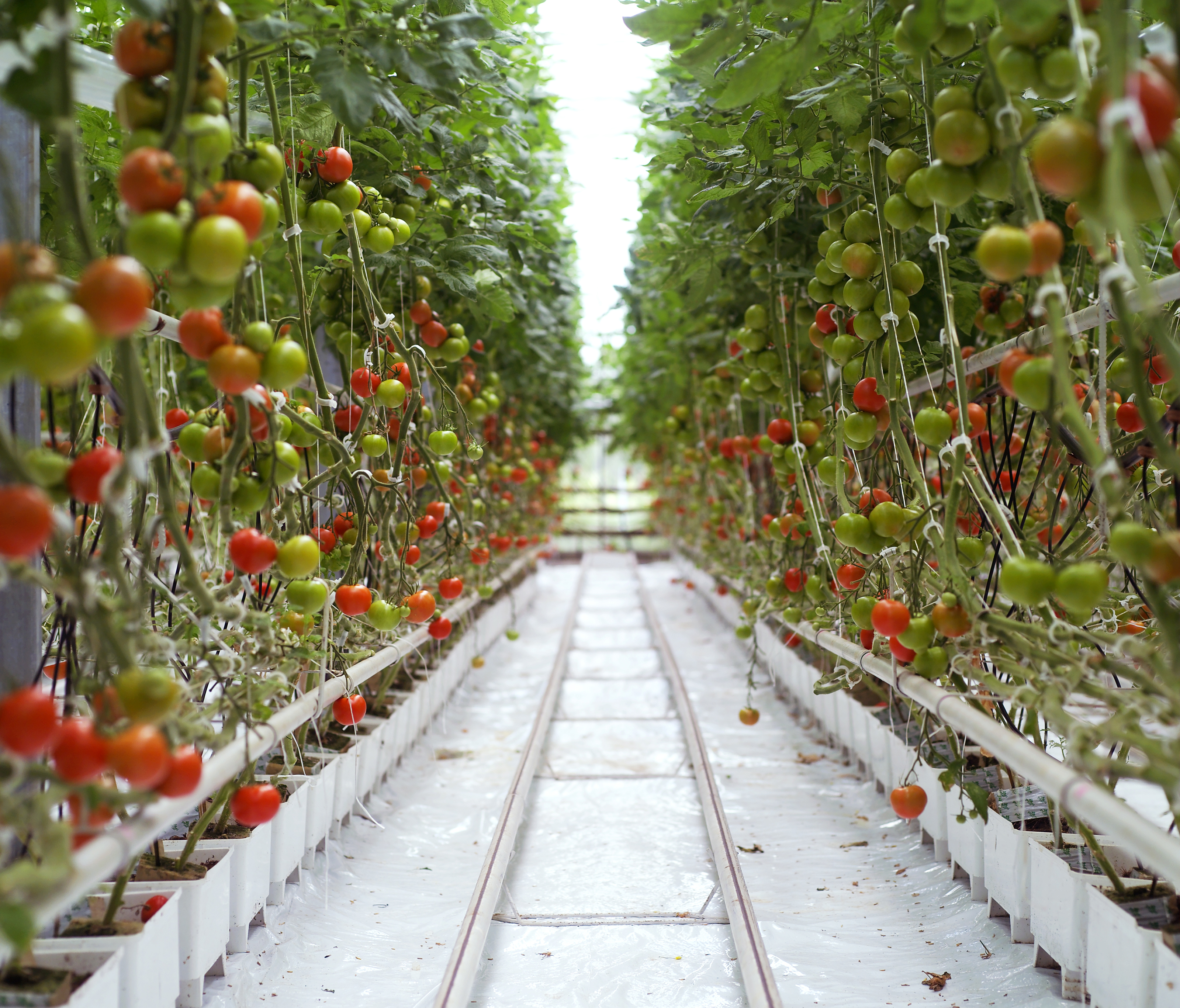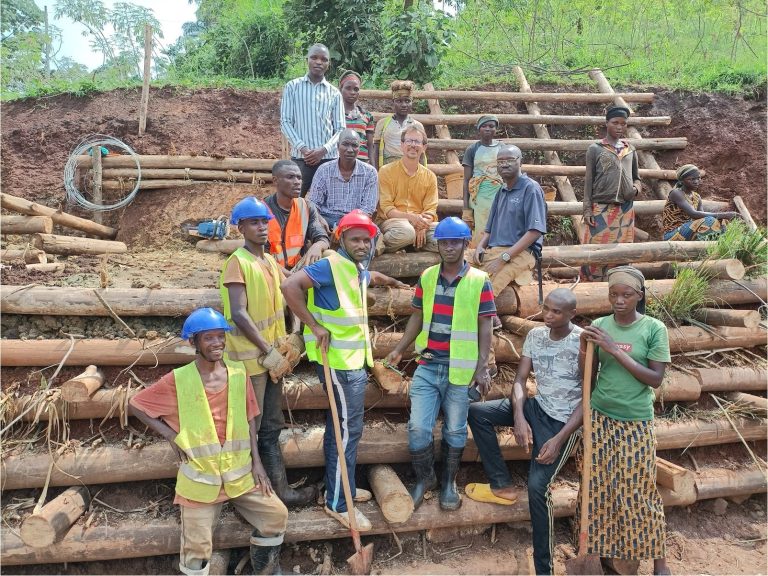Fuelling net-zero push: Taiwan approves new blue carbon methods to boost mangrove and seagrass carbon sinks – agtechnavigator.com

Report on Taiwan’s Blue Carbon Methodologies and Alignment with Sustainable Development Goals
Introduction
A report on the carbon greenhouse gas (GHG) reduction methodologies recently introduced by Taiwan’s Ministry of Agriculture (MOA) and the Ocean Affairs Council (OAC). These methodologies, titled Mangrove Afforestation and Seagrass Restoration, represent a significant advancement in the nation’s strategy to combat climate change and align with the United Nations’ Sustainable Development Goals (SDGs). They provide a structured framework for implementing and quantifying marine carbon sink projects, crucial for achieving national and global environmental targets.
Overview of New Methodologies
The core of the initiative is the development of two methodologies focused on enhancing blue carbon sinks, which are marine ecosystems that absorb more carbon dioxide from the atmosphere than they release.
- Mangrove Afforestation: This methodology involves the strategic planting of mangroves to increase carbon sequestration within the ecosystem.
- Seagrass Restoration: This methodology focuses on planting seagrass in marine or coastal wetlands to expand carbon storage capacity.
Project Implementation Framework and SDG Alignment
To ensure projects are effective and sustainable, the MOA has established a comprehensive set of requirements that directly support multiple SDGs.
-
Site Selection and Preparation
- Target Areas: Projects are designated for man-made wetlands, such as abandoned salt pans, fish farms, and reservoirs. This repurposing of degraded land supports SDG 11 (Sustainable Cities and Communities) by improving the local environment.
- Pre-Project Conditions: Sites must have had no industrial activity for at least two years prior to commencement, ensuring a clean foundation for ecosystem restoration.
-
Ecological and Social Safeguards
- Livelihood Protection: Projects must not displace existing industries, a key consideration for SDG 8 (Decent Work and Economic Growth) by ensuring a just transition.
- Biodiversity Conservation: The use of mangrove and seagrass species well-suited to local conditions is mandatory. For seagrass projects, the removal of marine life is prohibited unless essential for protecting the seagrass itself. These measures are fundamental to SDG 14 (Life Below Water) and SDG 15 (Life on Land).
-
Management and Governance
- Ecosystem Management: Developers must implement hydrological management, sediment regulation, salinity control, and water quality improvements to optimize growth and carbon capture.
- Stakeholder Engagement: Legal verification of land use, comprehensive environmental assessments, and public consultations are required. This transparent and participatory approach embodies the principles of SDG 17 (Partnerships for the Goals).
Contribution to SDG 13: Climate Action
The primary driver for these methodologies is to advance climate change mitigation efforts, directly addressing SDG 13 (Climate Action).
- National Climate Goals: The initiative is a cornerstone of Taiwan’s strategy to achieve net-zero emissions by 2050.
- Carbon Sequestration Targets: The government aims to add 1 million tonnes of CO2 equivalent (Mt CO2e) from carbon sinks annually by 2040.
- Attracting Investment: By standardizing the process, the government seeks to encourage more organizations to implement blue carbon projects, scaling up climate action across the public and private sectors.
Strategic Outlook and Future Development
Taiwan is actively leveraging its blue carbon ecosystems, which include an estimated 5,481 hectares of seagrass beds and 681 hectares of mangroves, as a nature-based solution to climate change. The introduction of these methodologies in 2024 expands the available tools for carbon reduction. The MOA has stated its commitment to continuously refining its methodologies, aiming to provide robust tools for companies to acquire voluntary agricultural carbon offset credits, further integrating climate action with sustainable economic activity in line with the SDGs.
SDGs Addressed in the Article
SDG 13: Climate Action
- The article’s central theme is climate change mitigation through carbon reduction. It discusses new methodologies for “carbon greenhouse gas (GHG) reduction” and how carbon sinks help “fight climate change by reducing greenhouse gases.” The entire initiative is part of “Taiwan’s climate strategy to reach net-zero emissions by 2050.”
SDG 14: Life Below Water
- The article specifically details a “Seagrass Restoration” methodology. Seagrass beds are critical marine ecosystems. The text mentions managing “marine or coastal wetlands” and improving “water quality” to support seagrass growth, directly contributing to the health of marine environments.
SDG 15: Life on Land
- The article introduces a “Mangrove Afforestation” methodology. Mangroves are coastal forest ecosystems that bridge land and sea. The methodology involves “planting mangroves within designated project areas” and restoring degraded lands like “abandoned salt pans, fish farms, and reservoirs,” which aligns with the goal of restoring terrestrial ecosystems.
SDG 17: Partnerships for the Goals
- The development and implementation of the carbon reduction methodologies involve collaboration. The article states they were “jointly developed by the Ministry of Agriculture (MOA) and the Ocean Affairs Council (OAC).” It also mentions the need for “public consultations” and the government’s hope to “attract more organisations to implement blue carbon projects,” highlighting multi-stakeholder engagement.
Specific SDG Targets Identified
SDG 13: Climate Action
-
Target 13.2: Integrate climate change measures into national policies, strategies and planning.
- The article explicitly states that these new methodologies are part of “Taiwan’s climate strategy to reach net-zero emissions by 2050,” demonstrating the integration of climate action into national planning.
SDG 14: Life Below Water
-
Target 14.2: By 2020, sustainably manage and protect marine and coastal ecosystems to avoid significant adverse impacts, including by strengthening their resilience, and take action for their restoration in order to achieve healthy and productive oceans.
- The “Seagrass Restoration” methodology is a direct action for the restoration of coastal ecosystems. The article details requirements like managing “water movement, sediment availability, salinity levels, and water quality” to ensure the health and productivity of these ecosystems.
-
Target 14.5: By 2020, conserve at least 10 per cent of coastal and marine areas, consistent with national and international law and based on the best available scientific information.
- The projects to restore and manage mangrove and seagrass areas contribute to the conservation of coastal and marine areas. The article quantifies the existing areas (“5,481ha for seagrass beds” and “681ha for mangroves”), which form a baseline for these conservation efforts.
SDG 15: Life on Land
-
Target 15.1: By 2020, ensure the conservation, restoration and sustainable use of terrestrial and inland freshwater ecosystems and their services, in particular forests, wetlands, mountains and drylands, in line with obligations under international agreements.
- The “Mangrove Afforestation” methodology directly addresses the restoration of coastal wetlands and forests, which are critical terrestrial ecosystems.
-
Target 15.2: By 2020, promote the implementation of sustainable management of all types of forests, halt deforestation, restore degraded forests and substantially increase afforestation and reforestation globally.
- The methodology for “Mangrove Afforestation” is a clear example of increasing afforestation to restore a forest ecosystem.
SDG 17: Partnerships for the Goals
-
Target 17.17: Encourage and promote effective public, public-private and civil society partnerships, building on the experience and resourcing strategies of partnerships.
- The collaboration between two government bodies (“Ministry of Agriculture (MOA) and the Ocean Affairs Council (OAC)”), the requirement for “public consultations,” and the goal of attracting “more organisations” to participate are all examples of building partnerships to achieve sustainable development.
Indicators for Measuring Progress
For SDG 13 (Climate Action)
- National climate strategy: The existence of “Taiwan’s climate strategy to reach net-zero emissions by 2050” is an indicator of integrated planning.
- GHG reduction target: A specific, measurable indicator is mentioned: “The goal is to add 1 Mt CO2e from carbon sinks annually by 2040.”
For SDG 14 (Life Below Water) & SDG 15 (Life on Land)
- Area of restored ecosystems: The article provides baseline data on the area of these ecosystems (“5,481ha for seagrass beds” and “681ha for mangroves”). Progress can be measured by the increase in these areas through restoration and afforestation projects.
- Ecosystem management plans: The methodologies themselves, which include requirements for “hydrological management, sediment regulation, salinity control, and water quality improvements,” serve as qualitative indicators of sustainable ecosystem management.
For SDG 17 (Partnerships for the Goals)
- Number and type of partnerships: The article identifies a public-public partnership (“MOA and the OAC”). Progress could be measured by the number of “organisations” that subsequently join these blue carbon projects.
- Stakeholder engagement process: The requirement for “public consultations” is an indicator of civil society engagement in the project planning process.
Summary of Findings
| SDGs | Targets | Indicators |
|---|---|---|
| SDG 13: Climate Action | 13.2: Integrate climate change measures into national policies, strategies and planning. |
|
| SDG 14: Life Below Water |
14.2: Sustainably manage and protect marine and coastal ecosystems and take action for their restoration.
14.5: Conserve coastal and marine areas. |
|
| SDG 15: Life on Land |
15.1: Ensure the conservation, restoration and sustainable use of terrestrial and inland freshwater ecosystems.
15.2: Promote sustainable management of forests, restore degraded forests and increase afforestation. |
|
| SDG 17: Partnerships for the Goals | 17.17: Encourage and promote effective public, public-private and civil society partnerships. |
|
Source: agtechnavigator.com

What is Your Reaction?
 Like
0
Like
0
 Dislike
0
Dislike
0
 Love
0
Love
0
 Funny
0
Funny
0
 Angry
0
Angry
0
 Sad
0
Sad
0
 Wow
0
Wow
0



































































.png?sfvrsn=138ad5fb_3#)












